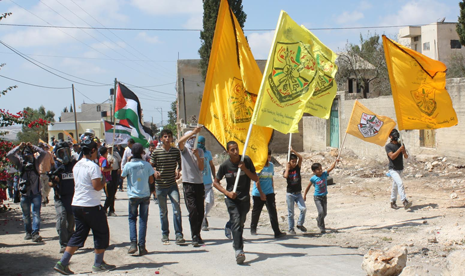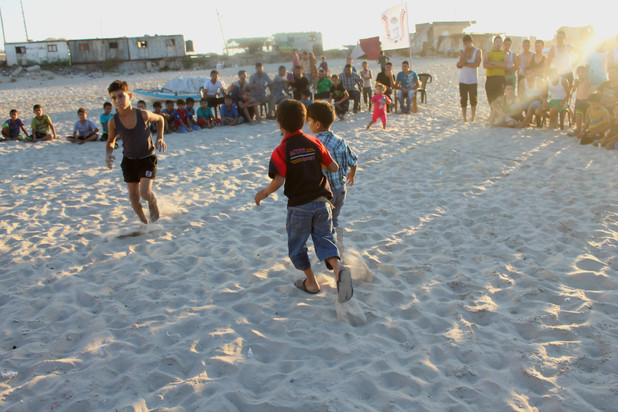Author: ISM Media
-
Israel army cuts electricity to Kufr Qaddum, six villagers dependant on oxygen machines evacuated to hospital
14th September 2013 | International Solidarity Movement, Nablus Team | Kufr Qaddum, Occupied Palestine Kufr Qaddum was without the electricity since 11pm on Thursday night. Six villagers who are dependant on oxygen machines have been evacuated to the nearby hospital in Nablus. The following morning, at the Friday village demonstration, a young man was hit in…
-
Gaza beach massacre commemorated by child survivors
10th September | Joe Catron | Gaza, Occupied Palestine On Sunday evening, as the sun slipped behind the Mediterranean Sea, members of the Bakr family, a sprawling clan of fishermen in Gaza City’s Beach refugee camp, gathered with hundreds of supporters on the beach next to the Gaza seaport. Their assembly commemorated the lives of nine-year-old Ismail…
-
The arrest of Burin activist Ghassan Najjar
10th September 2014 | International Solidarity Movement, Nablus team | Burin, Occupied Palestine The prominent activist from the West Bank village of Burin, and member of Solidarity Movement for Free Palestine, Ghassan Najjar, was taken by the Israeli army from his home in the early hours of the morning on the 27th August. He was transferred to…



